Information Technology > QUESTIONS & ANSWERS > WGU - Information Systems Management C724 Questions and Answers Graded A (All)
WGU - Information Systems Management C724 Questions and Answers Graded A
Document Content and Description Below
WGU - Information Systems Management C724 Questions and Answers Graded A What are the 6 components of Information Systems? Which ones just belong to Information Systems ✔✔1. People 2. Processe... s 3. Networks 4. Software 5. Hardware 6. Data People and processes only belong to information systems Executive Support Systems (ESS) ✔✔a type of management support system that facilitates and supports senior executive information and decision-making needs. It provides easy access to internal and external information relevant to organizational goals What is EIS - "Executive Information Systems?" ✔✔a specific class of DSS that support the strategic decision-making process of top-level executives. These systems incorporate summarized information from decision support systems and management information systems, along with external factors to forecast and analyze trends. What is DSS - "Decision Support Systems?" ✔✔focuses on supporting all phases of specific decision-making processes and procedures for arriving at a solution. They are often developed to handle unstructured problems at all levels. What is MIS - "Management Information Systems?" ✔✔represent a category of IS that serve lower to middle managers. They provide performance reports based on the results from transaction processing systems, such as product cost data, sales data, and expense data.What is TPS - "Transaction Processing Systems?" ✔✔collect, store, update, and retrieve transaction data within an organization. Common business transactions include: employee payroll, customer sales, and supplier payments. Developed to: decrease costs, decrease processing time, and increase accuracy. Achieve these benefits by: automating and recording routine business transactions that are too tedious and monotonous for front-line employees to process manually in an effective and efficient manner What is Information Systmes? ✔✔The purpose is to get useful information to the right people within an organization to support decision making and operations. Effective information systems can help companies streamline business processes and planning, as well as help with data storage, data management, and data security. Identify the 7 major reasons firms invest in information systems ✔✔1. Achieve operational excellence 2. Develop new products and services 3. Attain customer intimacy and service 4. Improve decision making 5. Promote competitive advantage 6. Ensure long-term survival 7. Develop strong relationships with suppliers What is data? An example. ✔✔Data - Unorganized data that lacks meaning. Example: The number of people below the poverty line in the region is 50,000 What is information? An example. ✔✔Information - Data that has been organized in a meaningful manner. Example: The number of people below the poverty line increases between 2010 and 2018 What is knowledge? An example. ✔✔Knowledge - The practical application of information. Example: The number of people below the poverty line has increased due to stagnating wages and cuts to social programs What does the functional area Human Resources do? ✔✔Recruiting, training, and maintaining employees and their recordsWhat does the functional area Production, Operations & Quality Control do? ✔✔Functions range from receiving raw material to shipping finished goods or from production itself to equipment maintenance What does the functional area Sales/Marketing do? ✔✔Planning, promoting, and selling of goods and services to satisfy customer needs and the objectives of the organization What does the functional area Accounting & Finance do? ✔✔Managing financial assets and maintaining financial records Accounts payable, accounts receivable Budgeting, general ledgers, payroll Cash flow financial transactions What are Porter's 5 Forces? ✔✔1. Threat of New Entrants 2. Threat of Substitutes 3. Bargaining Power of Customers (Buyers) 4. Bargaining Power of Suppliers 5. Competitive Rivalry RAID " Redundant Array of Independent Disks" ✔✔storage uses multiple disks in order to provide fault tolerance, to improve overall performance, and to increase storage capacity in a system Cloud Computing ✔✔is facilitated by many computers meshed or connected together in what is termed "cloud fabric," which provides common resources to service providers. Benefits include redundancy, reliability, and scalability. Organizations that provide cloud computing are known as cloud operators, which employ fabric controllers to administer operations within the fabric of computer resources Strategic-Oriented Evaluation ✔✔the determination of whether the information system outputs enable management to make strategic decisions that will help develop and achieve the future mission and vision of the organizationFunction-Oriented Evaluation ✔✔examines the performance of data, hardware, software, networks, and human resources System-Oriented Evaluation ✔✔the ability of an information system to discriminate between files or data that are relevant to a user query, and those which are not relevant Direct Implementation ✔✔the system is implemented and tested to ensure it performs properly. Then the old system is removed and the new one put in its place without any overlap or limited roll out Service-Oriented Architecture (SOA) ✔✔is a software development model for distributed application components that incorporates discovery, access control, data mapping and security features Parallel Adoption ✔✔a method of hardware or software migration that involves using the existing and new systems simultaneously until the implementation is judged to be complete and satisfactory Network Economics ✔✔The cost of adding another business participant to a business venture is small, the potential gain is great Virtual Company Model ✔✔Networks of people and resources join together to provide a service or create a product without the traditional storefront boundaries Business Ecosystems ✔✔Network of businesses involved in delivering a product through mutual cooperation Describe synergy. How does it benefit the business? ✔✔The cooperation between several businesses to produce a better product or service than would be possible if each business worked independently. When several businesses combine their expertise, they can offer better products for lower costs and higher profits.Star Topology ✔✔all computers and devices are connected to a main hub or switch. The hub or switch amasses and disburses the flow of data within the network. Star topology is the most common type of network and follows the Ethernet standard Bus Topology ✔✔in this arrangement computers and devices are connected to a single linear cable called a trunk. The trunk is also referred to as the backbone or a segment. Each end of the trunk must be discharged to prevent the signal from rebounding back up the cable [Show More]
Last updated: 1 year ago
Preview 1 out of 22 pages
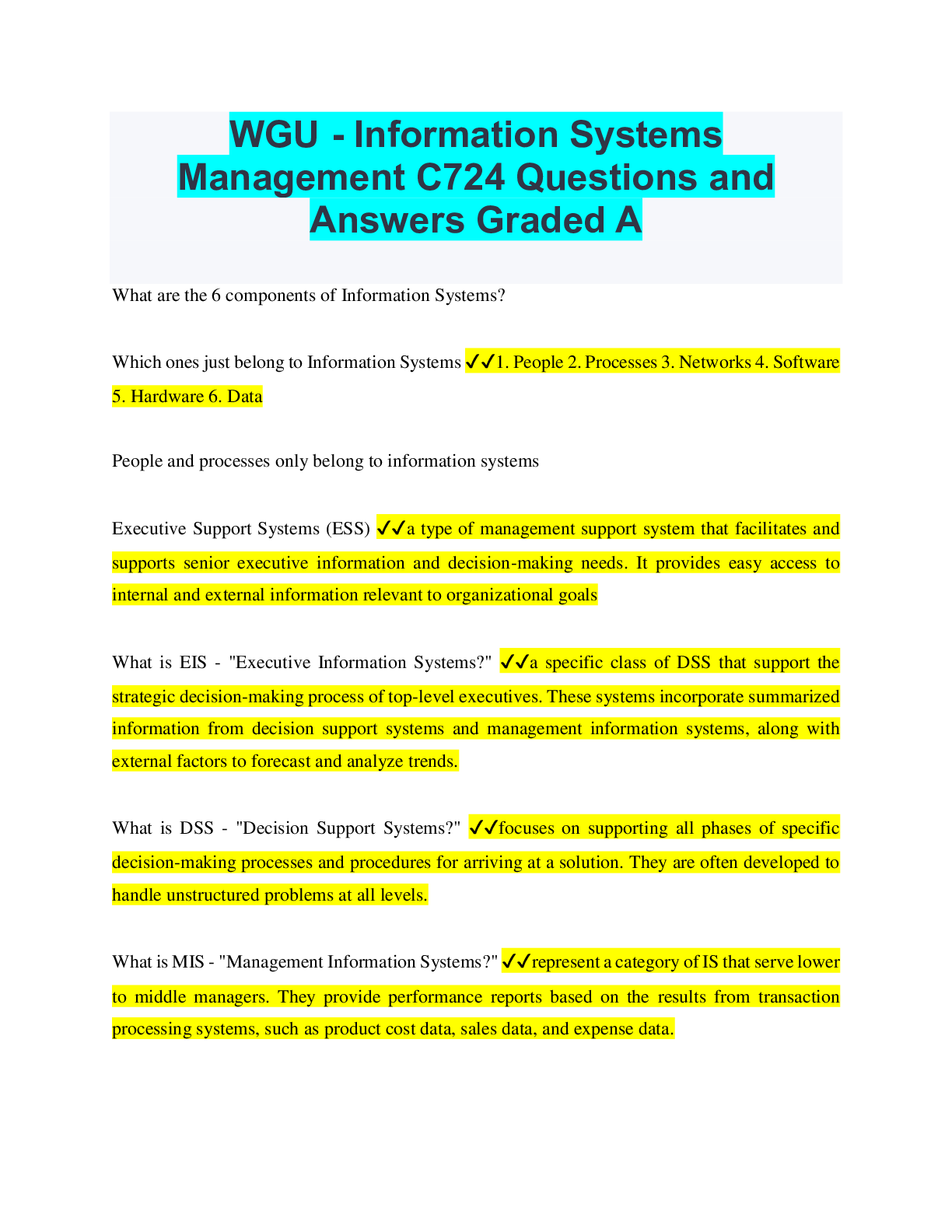
Also available in bundle (2)
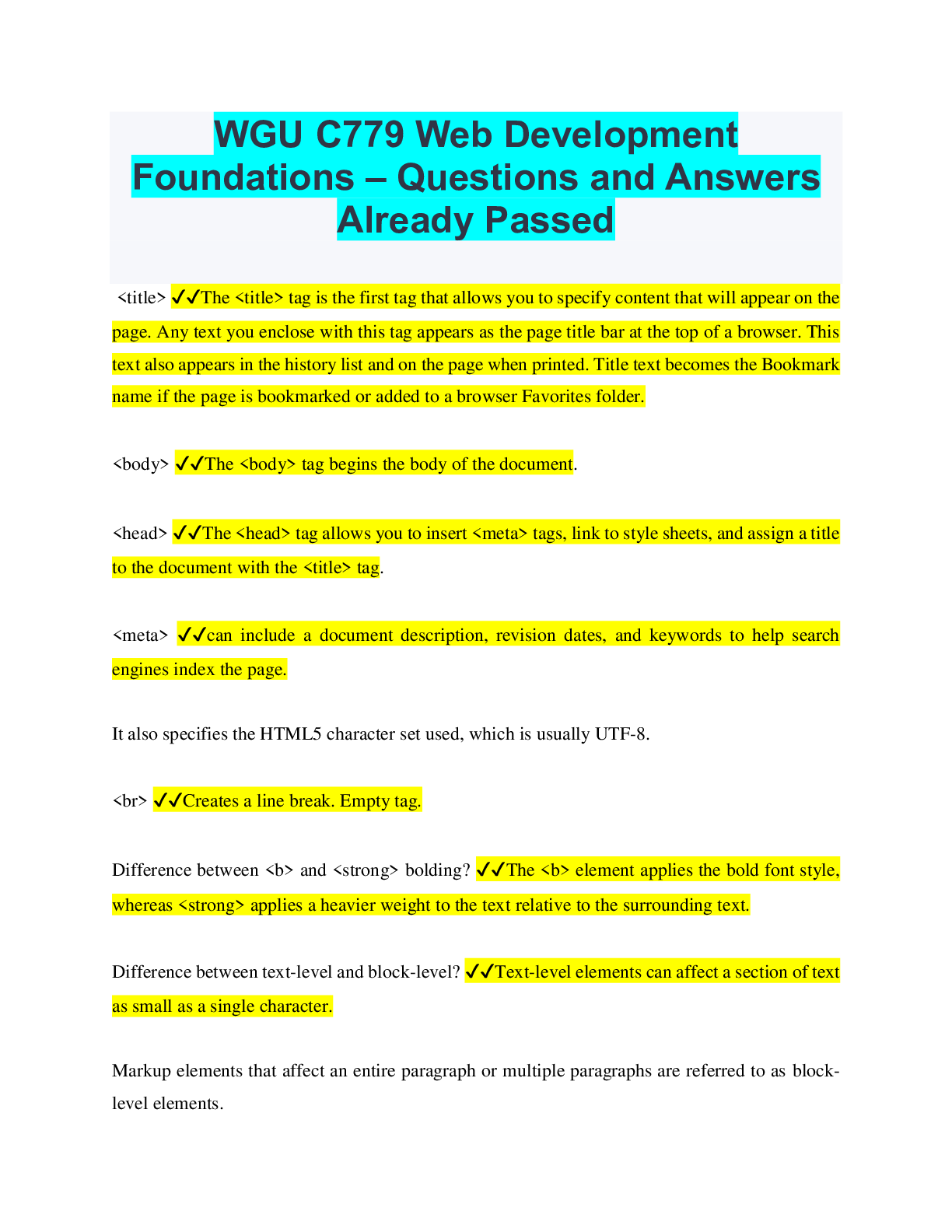
ALL PSYCHOLOGY EXAM QUESTIONS WITH ANSWERS DOCUMENTS. LATEST 2022/2023. RATED A
ALL YOU NEED TO PASS THE PSYCHOLOGY 101. ACCURATE ANSWERS, 100% PRECISE AND EASY READING DOCUMENTS. RATED A
By bundleHub Solution guider 1 year ago
$40
75

WGU C724 BUNDLE, COMPLETE SET TO SCORE A IN EXAMS. ALL QUESTIONS WITH ANSWERS, RATED A. DEEPLY DISCOUNTED
WGU C724 BUNDLE, COMPLETE SET TO SCORE A IN EXAMS. ALL QUESTIONS WITH ANSWERS, RATED A. DEEPLY DISCOUNTED
By bundleHub Solution guider 1 year ago
$28
33
Reviews( 0 )
Document information
Connected school, study & course
About the document
Uploaded On
Sep 30, 2022
Number of pages
22
Written in
Additional information
This document has been written for:
Uploaded
Sep 30, 2022
Downloads
0
Views
110



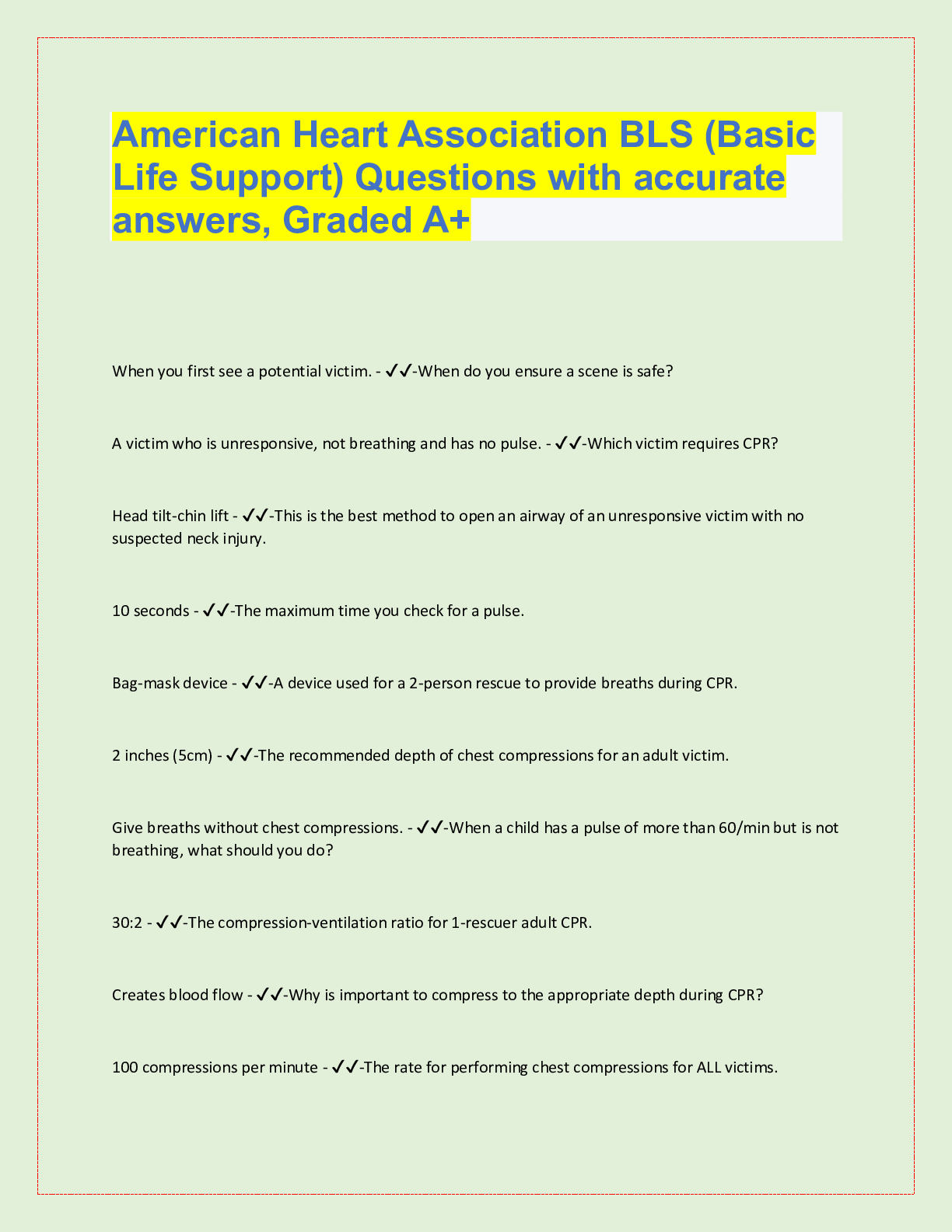


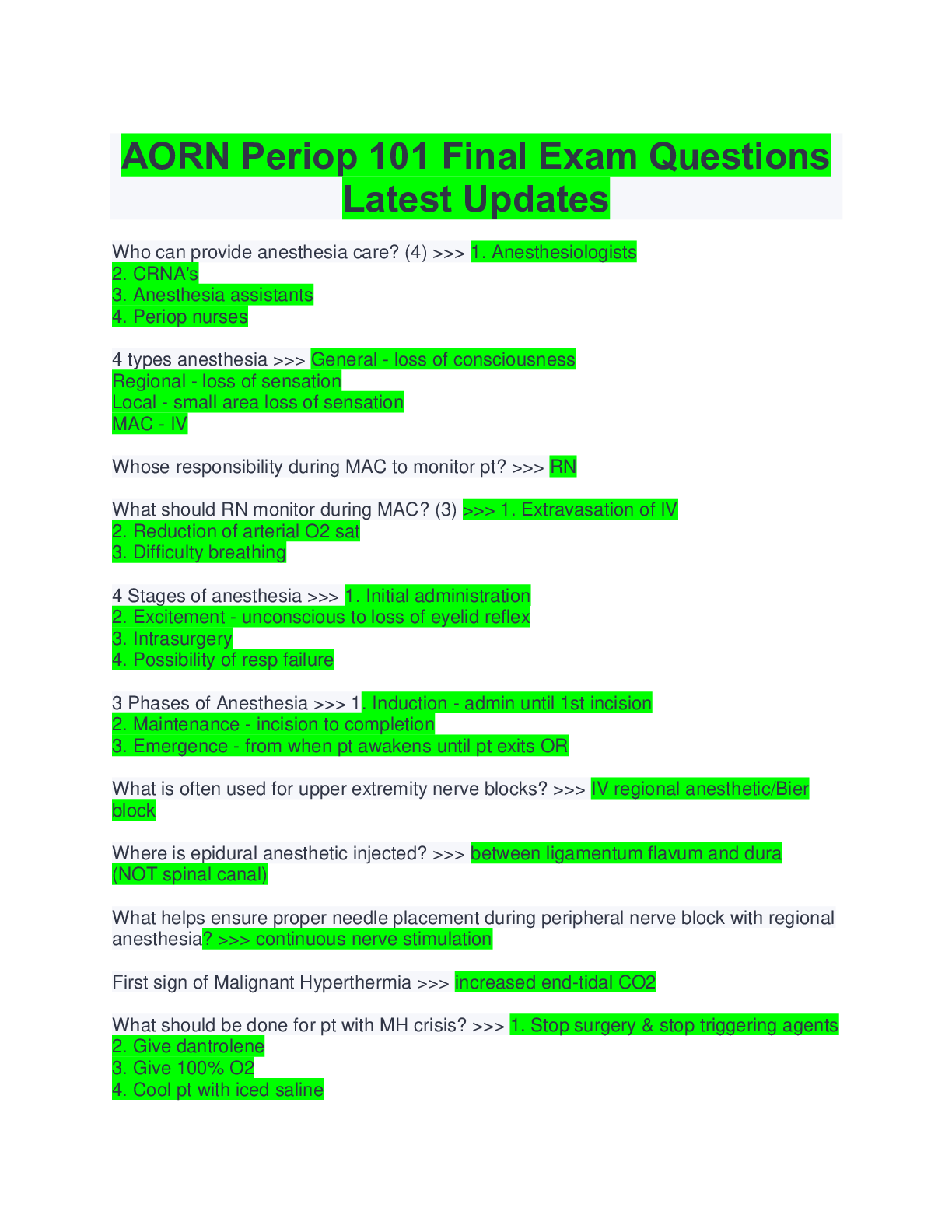






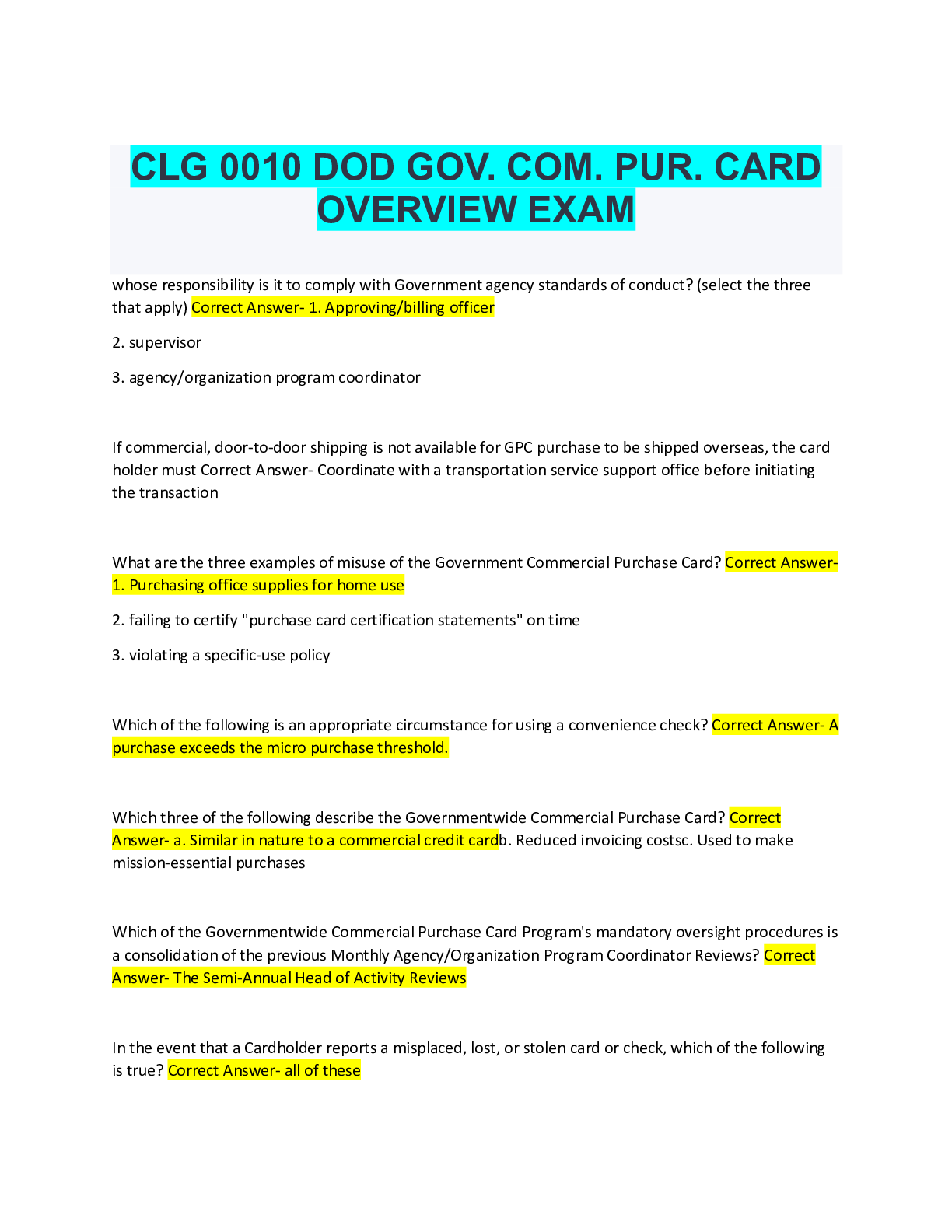


.png)
.png)
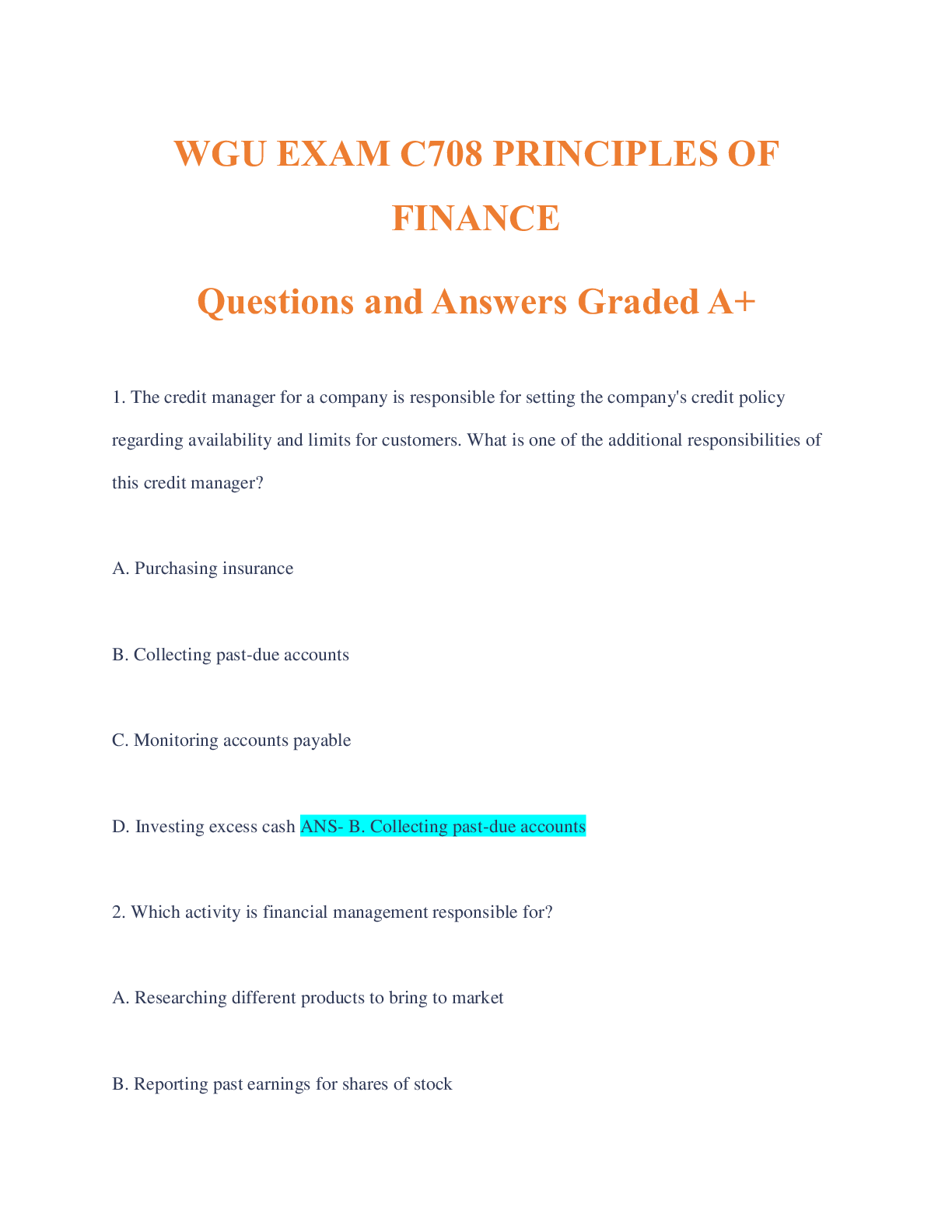
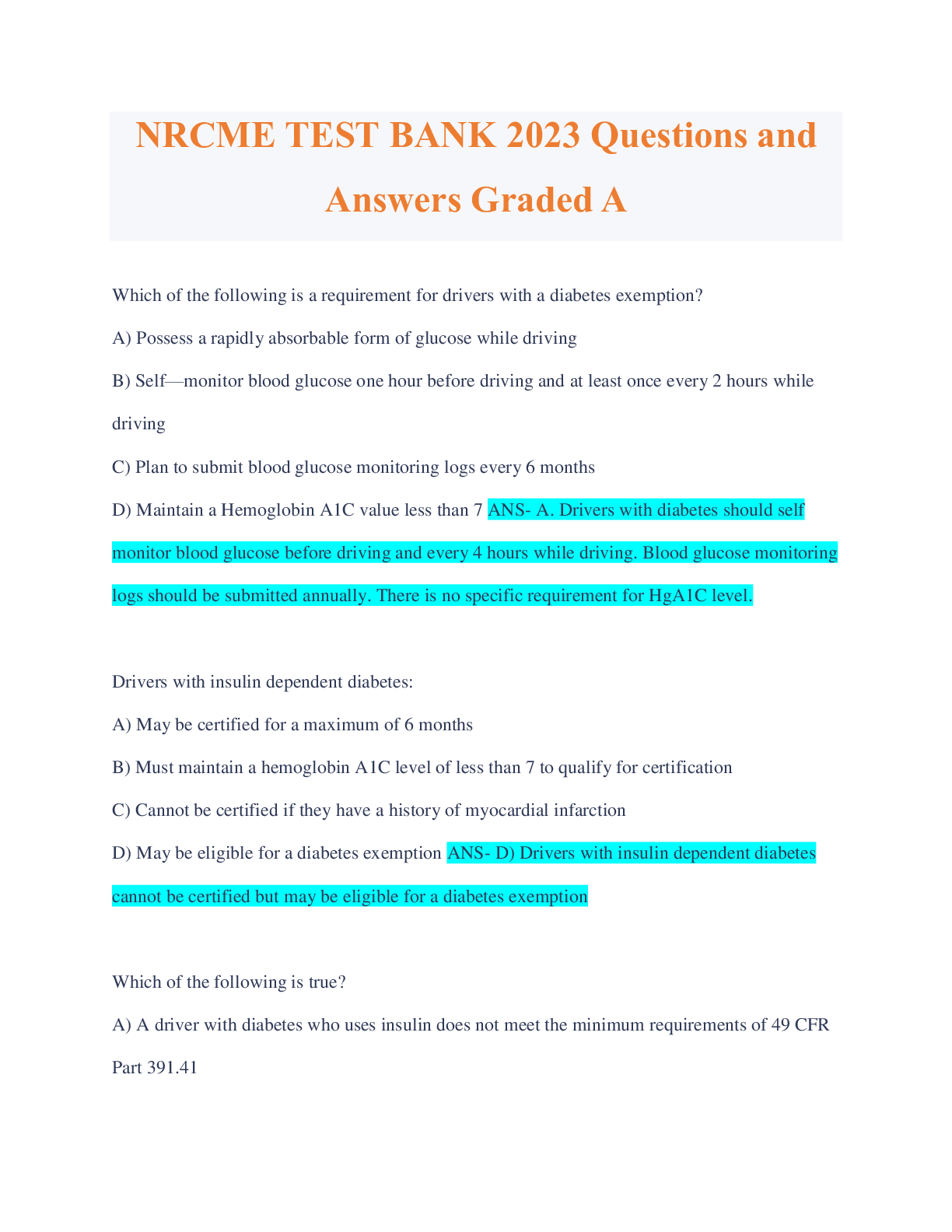
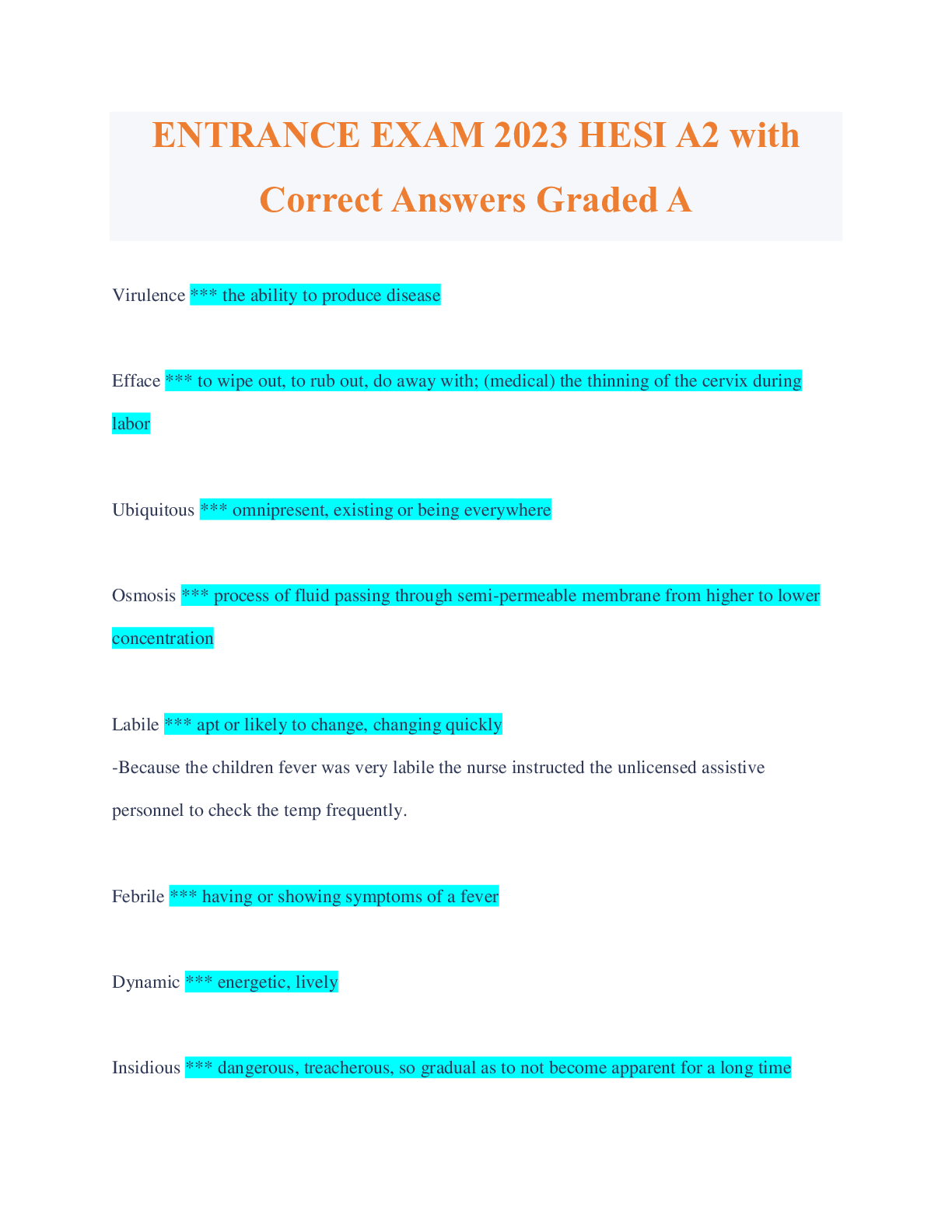

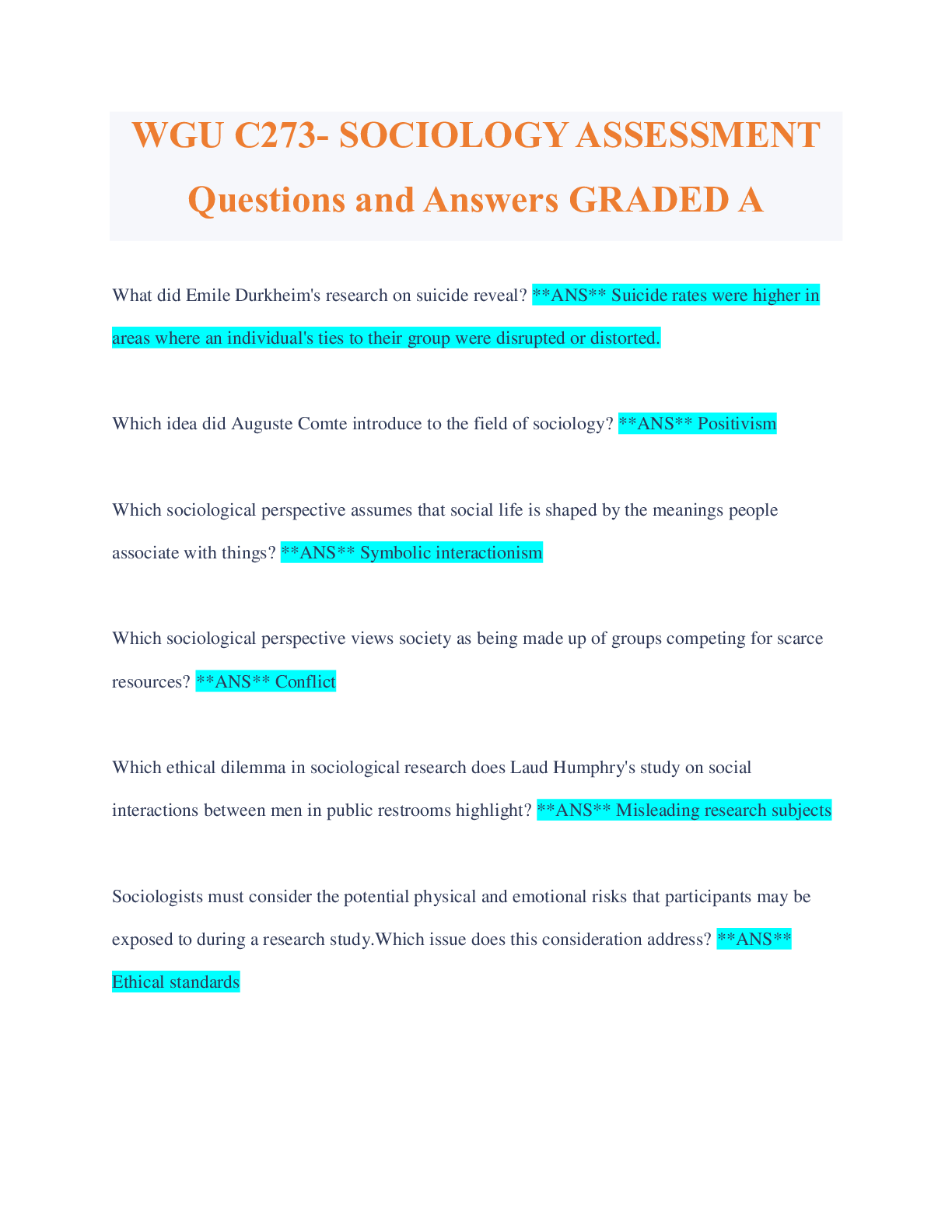
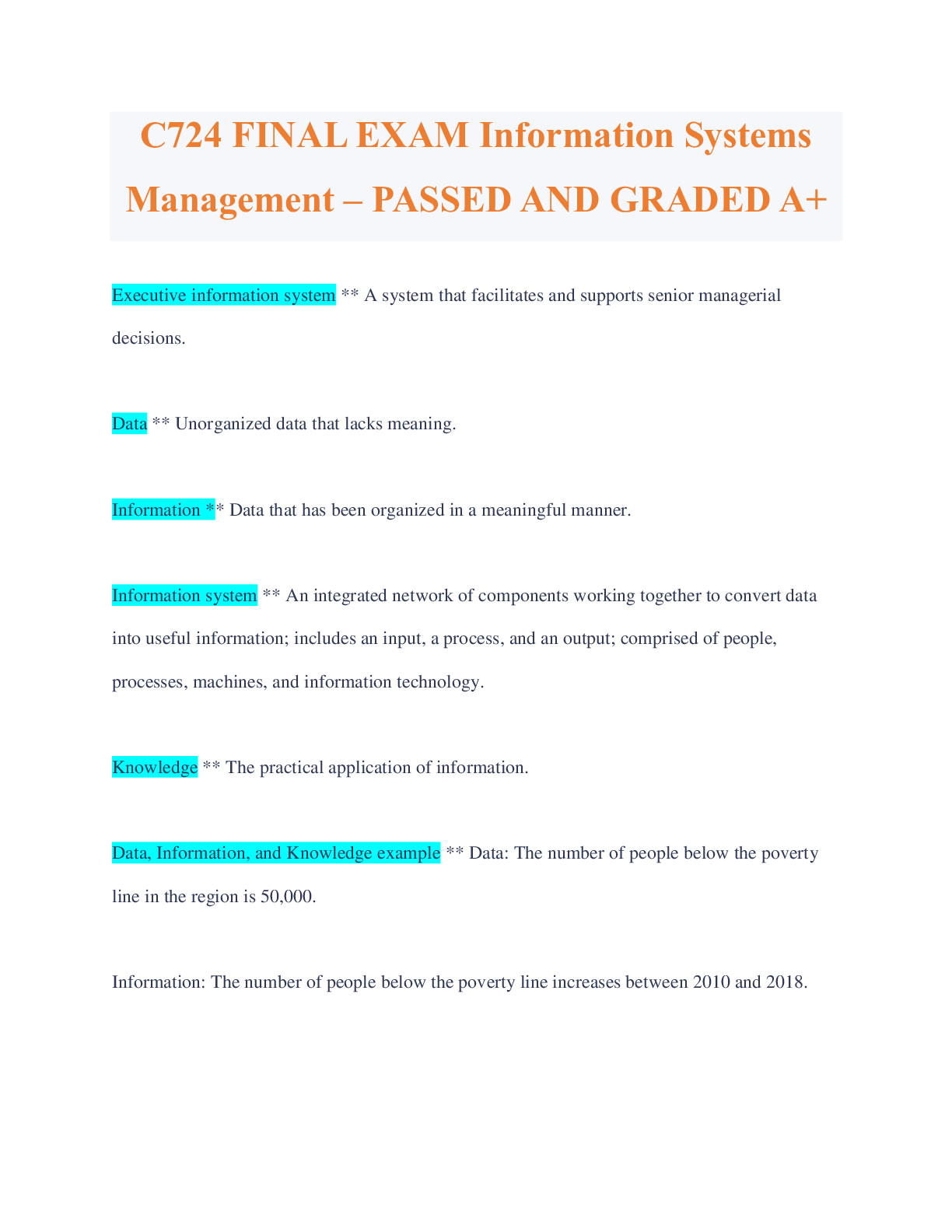


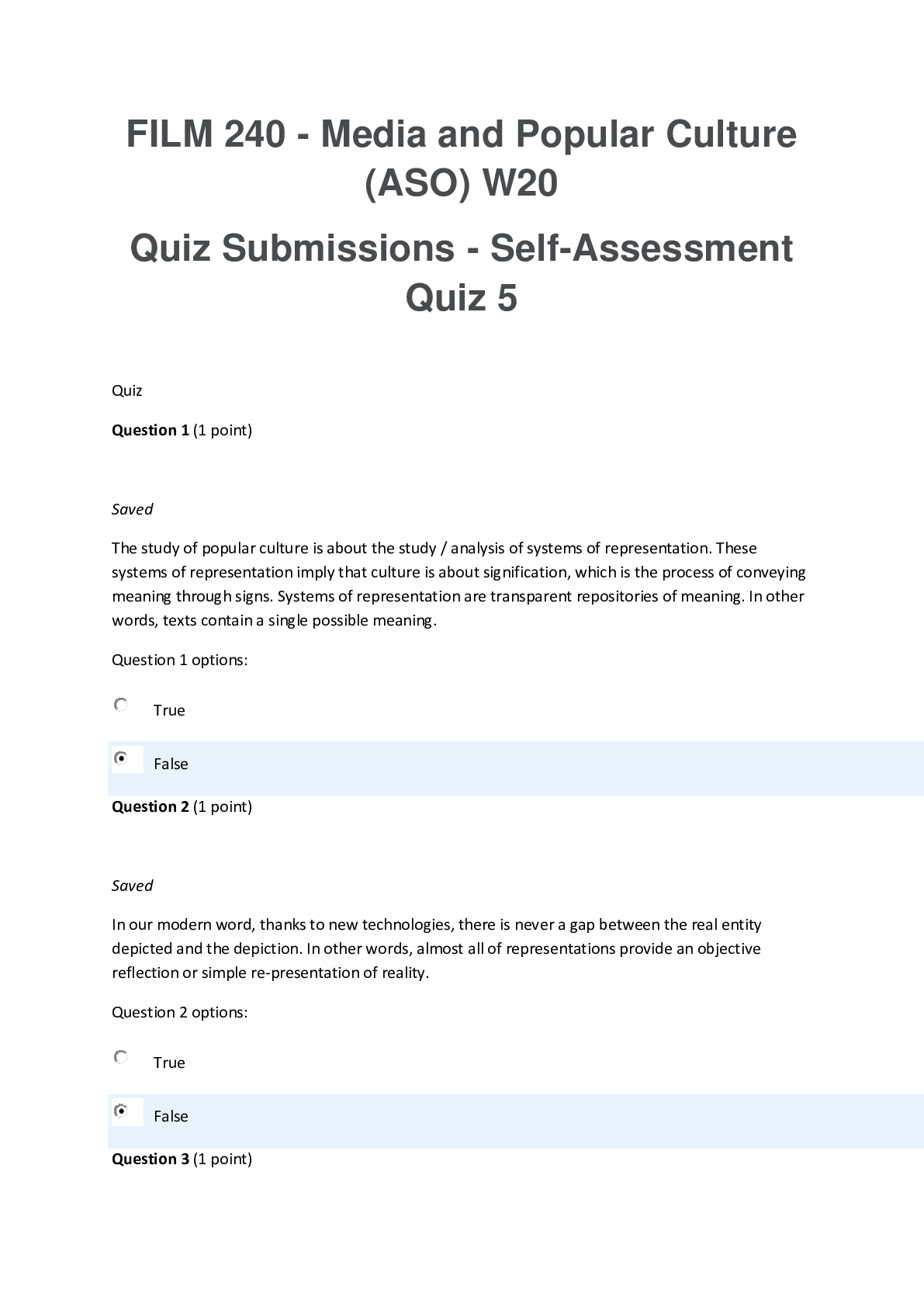
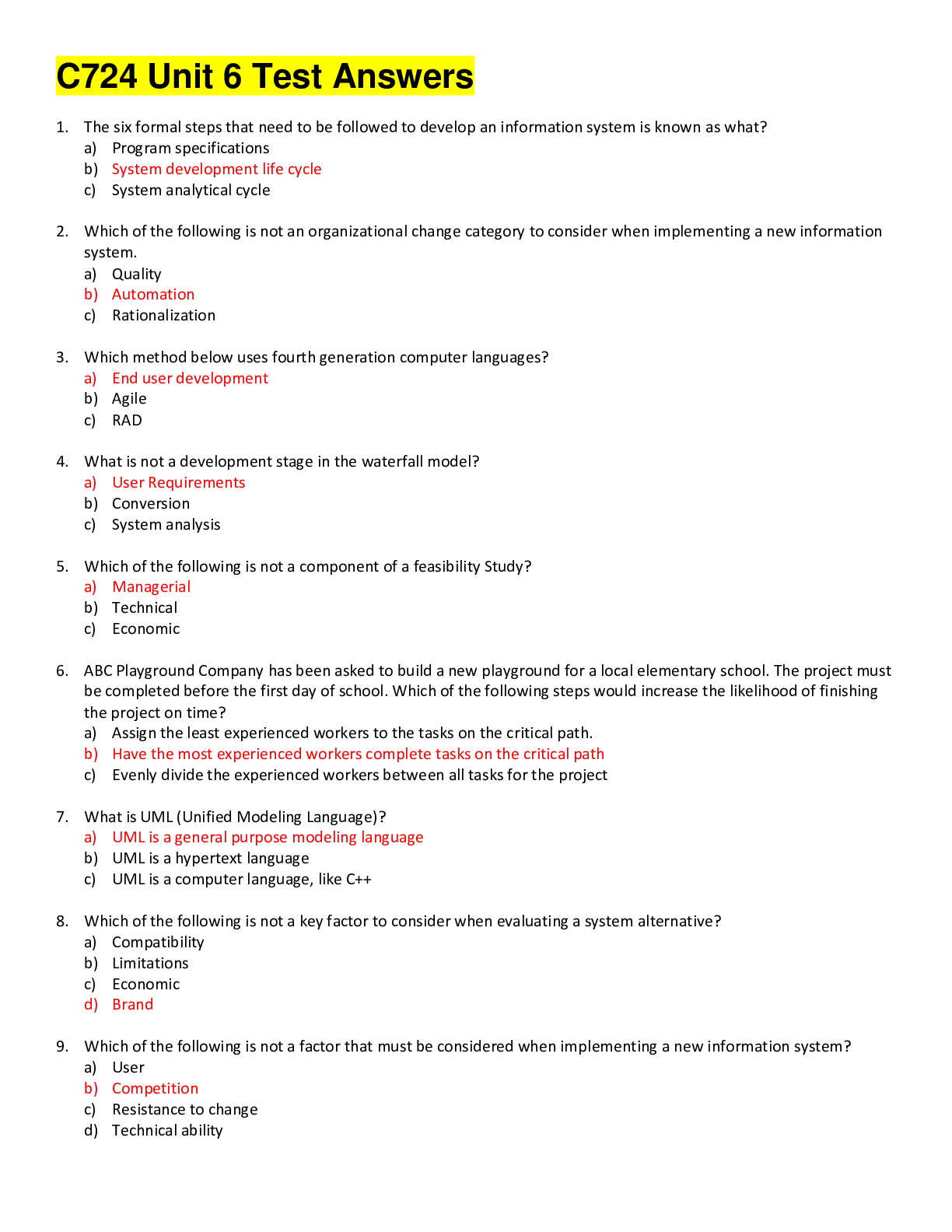
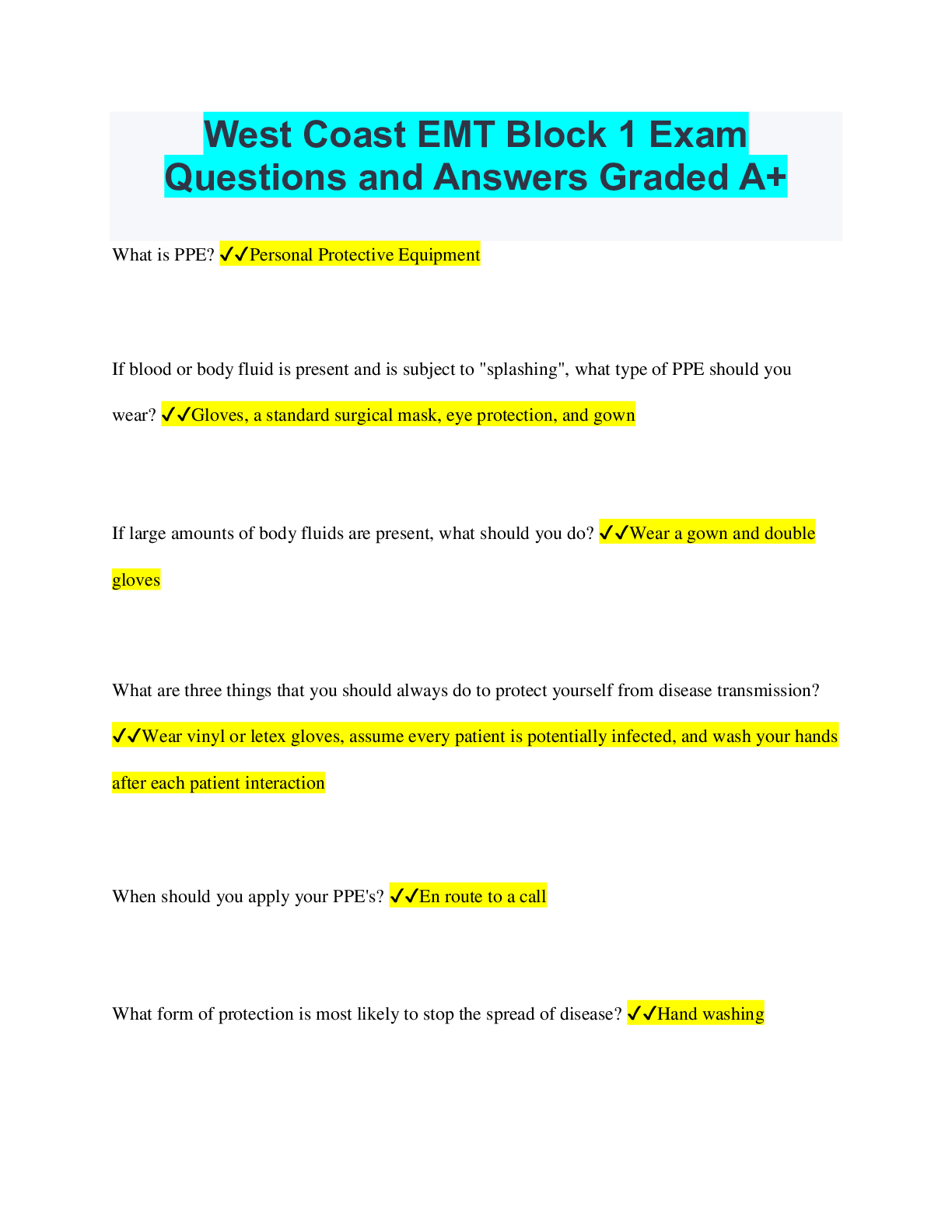


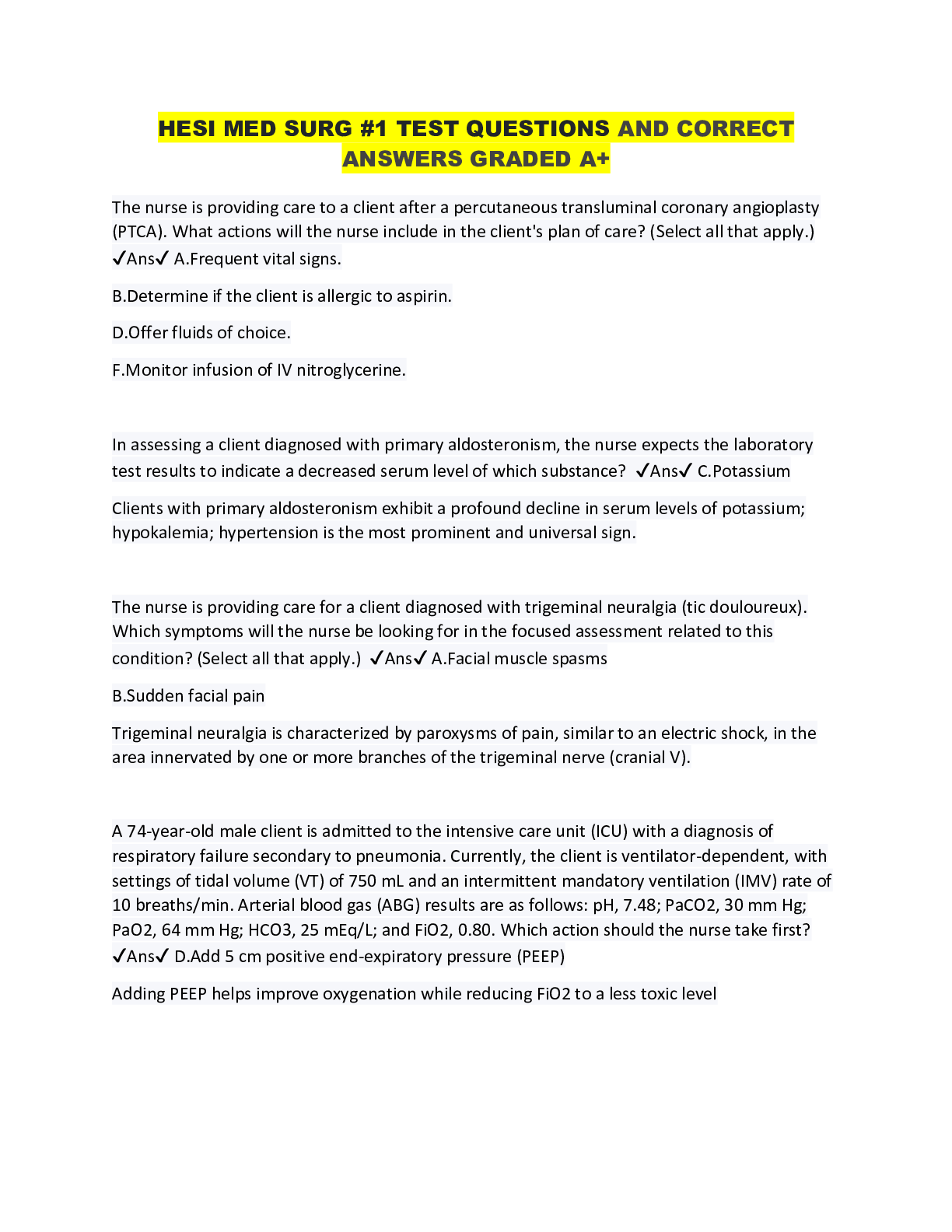
 Exam Preparation With Correct Answers Graded A+-1.png)



